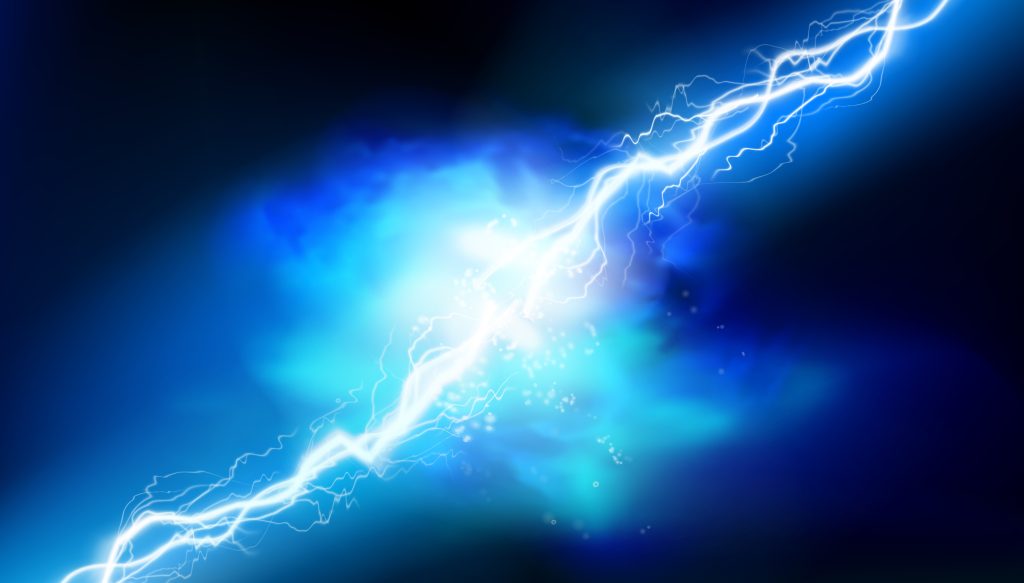The United Kingdom is credited with being the first country to use electricity for public use, marking a significant milestone in the history of electricity. In the late 19th century, the UK pioneered the development of electric lighting and energy distribution, leading to the world’s first public electricity supply in Godalming, Surrey, in 1881. This early adoption of electricity sparked further innovations and the spread of electric power across the globe. The UK’s role in the early days of electrical engineering and infrastructure set the foundation for the widespread use of electricity in the modern world. Other countries quickly followed suit, adopting electricity for public and private use, revolutionizing how societies operated and lived. The evolution of electricity usage from these initial deployments has led to electricity’s integral role in our daily lives today.

When a power blackout occurs, utility companies immediately spring into action to identify the cause and begin restoration efforts. Their response starts with an assessment phase, where the extent and location of the outage are determined using advanced monitoring systems and customer reports. Once the cause and affected area are identified, repair crews are dispatched to the site of the problem. These crews prioritize repairs that will restore power to the largest number of customers first, often starting with significant transmission lines and substations before moving to smaller distribution lines that serve individual neighbourhoods. Critical facilities such as hospitals, emergency services, and water treatment plants may receive priority to ensure public safety and health. Utility companies communicate with customers through various channels, including social media, their website, and local news outlets, providing updates on repair progress and estimated restoration times. Modern utilities may employ intelligent grid technologies to isolate and address outages quickly. These efforts aim to minimize the duration of blackouts and restore normal operations as safely and efficiently as possible.
To read your electricity metre, you need to know what type of metre you have. There are different types of metres, including digital, dial, and smart metres. Your utility company should provide you with instructions on how to read your metre, but generally, you’ll need to record the numbers or digits displayed on the metre.
An energy company encompasses organizations involved in various aspects of the energy sector, including exploration, production, refining, distribution, and sale of different types of energy resources like fossil fuels and renewable energy. They have a broader scope and may operate in multiple sectors such as electricity generation, oil and gas extraction, and energy services. On the other hand, an electric company specifically focuses on the generation, transmission, and distribution of electricity. They are responsible for producing and delivering electrical power to consumers, managing power plants and infrastructure like power grids and distribution networks. Their primary focus is on meeting the electricity needs of residential, commercial, and industrial customers.
Electricity can arc in a vacuum, but the conditions and mechanisms differ significantly from arcing in air or other media. In a vacuum, there are no gas molecules to ionize and conduct electricity in the usual sense. However, electricity can still travel through a vacuum via thermionic emission or field emission. Thermionic emission occurs when heat causes electrons to be emitted from a material, while field emission can happen at very high electric fields that pull electrons out of a surface. Specialized equipment and high voltages are often required to achieve electrical arcing in a vacuum. This principle is utilized in vacuum tubes and certain types of electronic devices where controlled arcing or electron flow in a vacuum is desired for their operation.
Coal has historically been a major energy source in Alberta, contributing significantly to electricity generation. However, there has been a shift towards cleaner energy sources in recent years, driven by environmental concerns and government policies. Alberta is gradually reducing its reliance on coal in favour of natural gas and renewable energy sources.
Power blackouts, the complete absence of electrical power in a specific area, can be triggered by several factors. Natural disasters such as hurricanes, tornadoes, and severe thunderstorms are common culprits, often causing physical damage to the power infrastructure, like downed power lines and damaged transformers. Equipment failure is another significant cause; as power systems age, they become more susceptible to malfunctions, leading to widespread outages. Human error during maintenance or construction work can inadvertently disrupt the power supply as well. Additionally, overloads on the electrical grid during peak usage times can exceed the power supply, causing blackouts. Grid operators and utility companies work to monitor and manage these risks, but the complex nature of electrical infrastructure means that completely preventing blackouts can be challenging. These entities prioritize rapid response and restoration efforts to minimize the impact on affected communities. Understanding the diverse causes of power blackouts is essential for preparing and responding effectively when they occur, ensuring safety and reducing inconvenience during these events.
Links